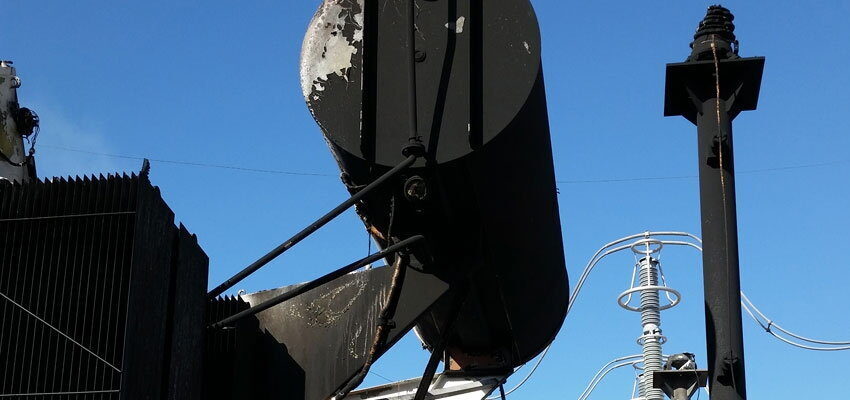
Advanced transformer condition assessment – Part II
Abstract Infrared Thermography, Ultrasonic Noise Analysis, Partial Discharge Detection, Dissolved Gas Analysis, Vibration Analysis – all these techniques are great stand-alone diagnostic tools; however, when...
byJon L. GIESECKE

Abstract
Infrared Thermography, Ultrasonic Noise Analysis, Partial Discharge Detection, Dissolved Gas Analysis, Vibration Analysis – all these techniques are great stand-alone diagnostic tools; however, when used properly, combining the data obtained through each technique, an incipient fault can be identified long before it degrades the insulation and creates a failure.
This paper will provide guidance in setting up a complete Predictive Maintenance program to be able to provide owners of oil-filled power transformers (4 kV and up), i.e. utilities, refineries, military, mining, etc., with a complete health report and condition assessment of critical oil-filled power transformers and ancillary substation components. The testing described in this paper is done on energized, fully loaded transformers.
Author’s vast experience with doing Partial Discharge testing reveals that nearly 80 % of all oil-filled power transformers exhibit some PD. This low level PD activity is not detrimental to the health of the transformer. It is usually a burr or sharp corner that is producing the activity. I consider this just nuisance PD and most times it continues for the entire life of a transformer without a failure related to PD.
Keywords: Partial Discharge, Transformer Condition Assessment, Risk Analysis Tool
Lightning/surge arrester testing
The two screenshots in Figure 7 indicate internal arcing in a 500 kV lightning arrester (LA), energized at full voltage. A good arrester will have no activity and indicate a straight line green trace on the scope. The arcs captured are shown in millivolts. For Lightning/Surge arrester (LA/SA) testing the HFCT is clamped on the arrester ground lead and the test set is in the HFCT trigger mode. Twenty minutes is the agreed-upon test time that was determined by years of experience.
Normally, lightning arresters have no activity; if this arcing problem had not been detected and corrected early, the fault would likely have resulted in a catastrophic failure. This arrester was consequently removed from service, tested off-line and disassembled. Off-line testing (watts loss) was done at 10 kV and did not find the problem. Upon disassembly we found evidence of moisture ingress and major arcing. Testing LAs/SAs at full voltage is the best way for determining the health. Using infrared inspections while they are energized is the other recommended method for arrester testing. If the arrester is arcing, it will normally not display any heating. If it is heating, it will normally not be arcing. This is what my experience has shown. There may be a case where there is arcing and heating in the same unit, however, I have never seen it.


Figure 7. Screenshots of a 500 kV lighting arrester arcing at full voltage







